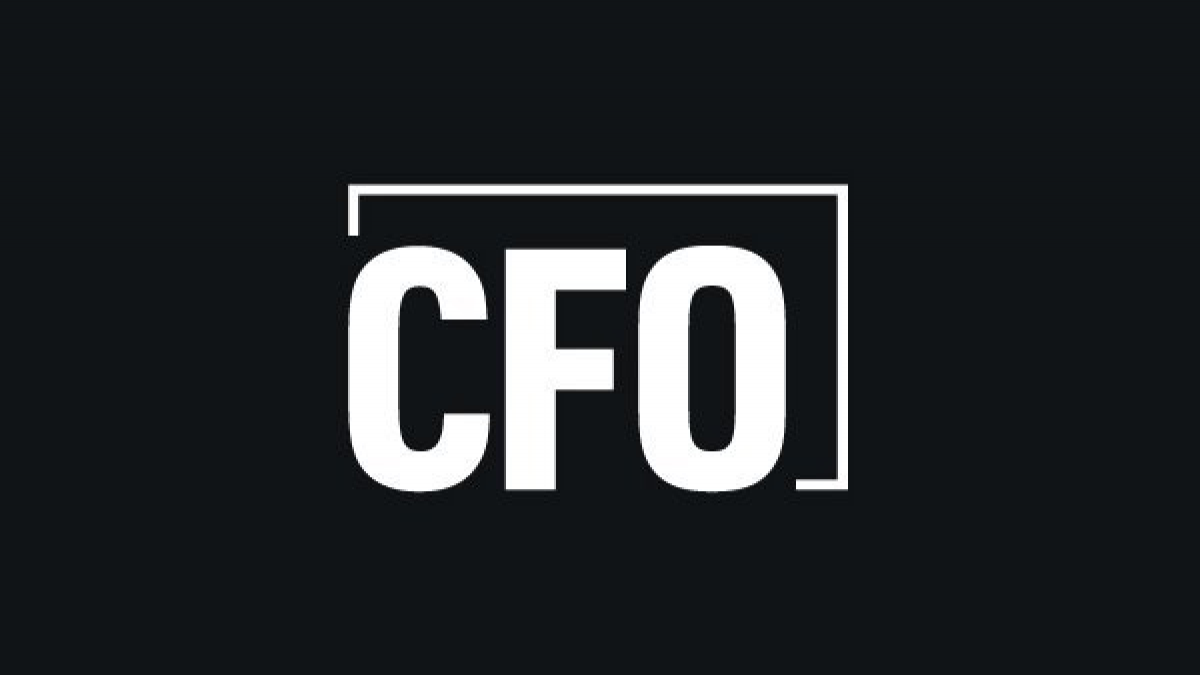See this article as it originally appeared in CFO Magazine.
Assessing the state of your current framework is crucial to ensure its effectiveness.
Amid the upheaval of recent workforce shifts such as the Great Resignation and remote work, it’s likely your financial processes have been disrupted more than you realize. As a result of constantly adapting over the past two and a half years, many companies find themselves vulnerable to weaknesses and deficiencies in the internal control framework of the financial side of their businesses.
Internal control frameworks were largely designed for businesses with in-office employees. It’s easy to maintain things such as segregation of duties when employees are in-house and have strictly defined roles. But if your staff is partly or fully remote, your control structures may need to be changed or updated.
Then there’s the Great Resignation. Most businesses have seen at least some turnover. As a result, they’ve lost institutional knowledge and had to deviate from the way the internal control structure was designed. If not addressed proactively, these changes can create gaps or the potential for deficiencies in your control framework.
Why is this important? Internal controls get to the heart of a company’s financial integrity. They are designed to ensure that financial statements reflect materially accurate numbers. If you have a poor internal control structure, your financial statements will carry a higher level of risk of material misstatement. A well-designed internal control framework means more reliable, trustworthy financial statements.



